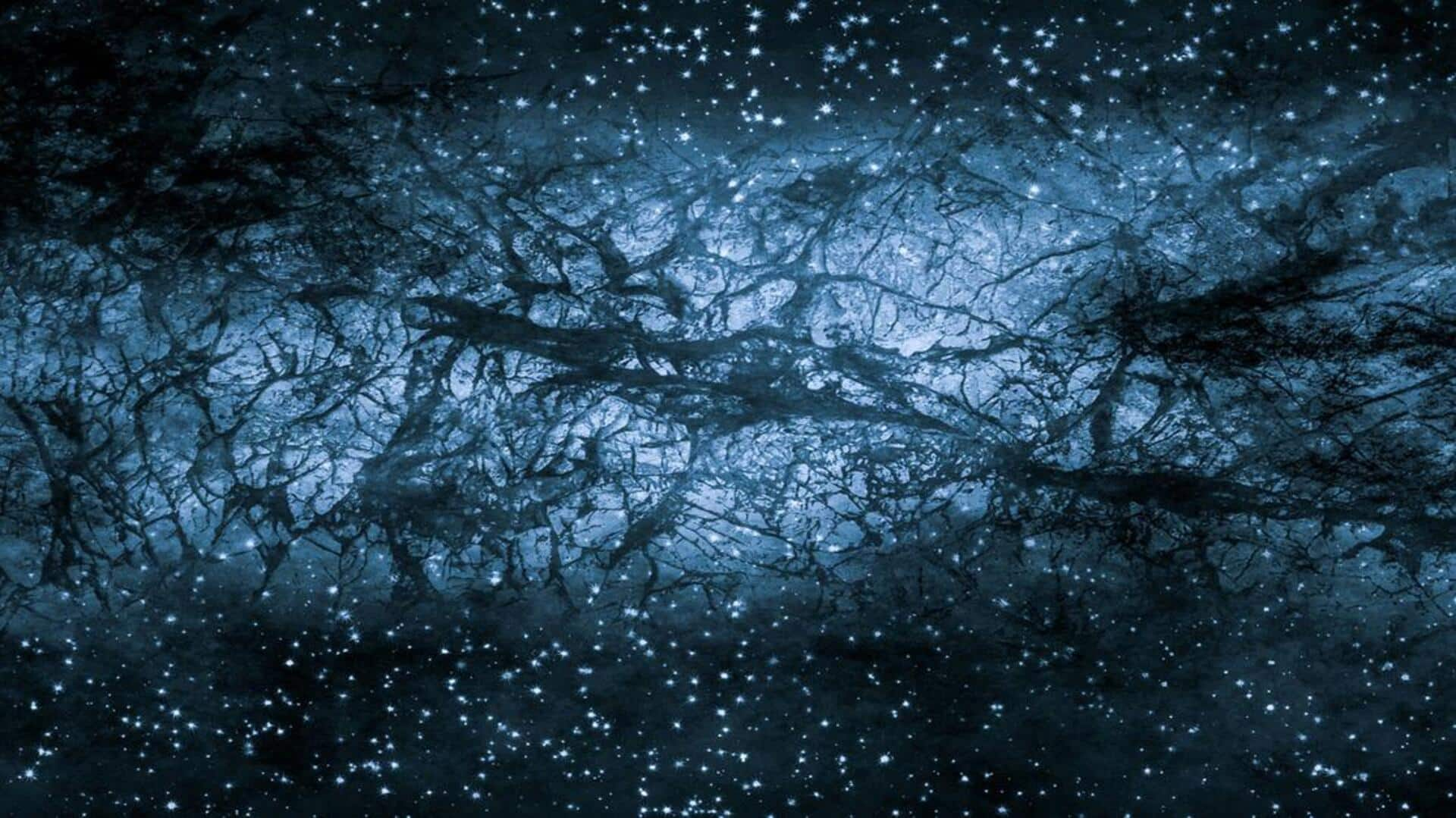
Dark matter in the universe might be evolving
What's the story
The standard cosmological model has long been troubled by a mystery called the Hubble tension problem. The issue stems from the fact that the early universe was observed to have a lower rate of acceleration than more recent observations. Several theories have been put forth to explain this discrepancy, including flaws in general relativity, non-existence or modification of dark matter, and even a rotating universe. Now, there's another theory: evolving dark matter.
New theory
The concept of evolving dark matter
While many models have proposed an evolving dark energy, the idea of an evolving dark matter has not been extensively explored. This is mainly due to two reasons: first, our observations of dark matter are mostly indirect; second, most researchers focused on eliminating dark matter entirely through modified gravity approaches. The latest research published on arXiv suggests both evolving dark energy and evolving dark matter could fit observational data better than the current models.
Interconnectedness
Relationship between dark energy and dark matter
The researchers discovered a link between evolving dark energy and evolving dark matter, since the evolution of the universe relies on the ratio of energy density to matter density. They suggested an exotic form of dark matter with a variable equation of state (EOS). To match observational data, this EOS needs to oscillate over time. This idea isn't completely new; neutrinos, which have mass and don't interact strongly with light, also experience mass oscillation.
New model
Oscillatory dark matter and Hubble tension
The researchers found that a universe where roughly 15% of cold dark matter is oscillatory and the rest 85% standard could solve the Hubble tension. This model would still be consistent with existing dark matter observations. However, it is worth noting that this research offers a preliminary model. The authors themselves admit that their work doesn't define exact constraints for dark matter particles but paves new avenues for future research on evolving dark matter models.